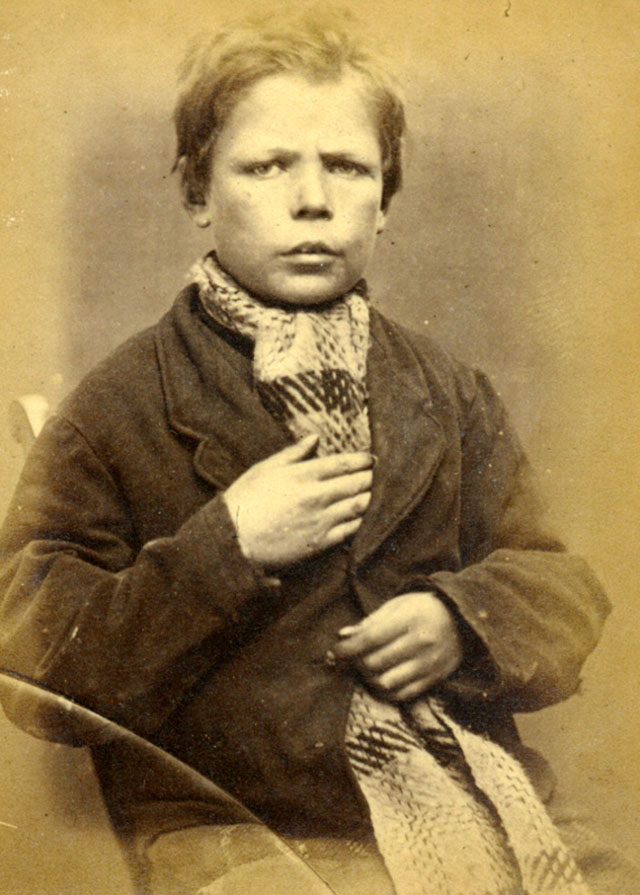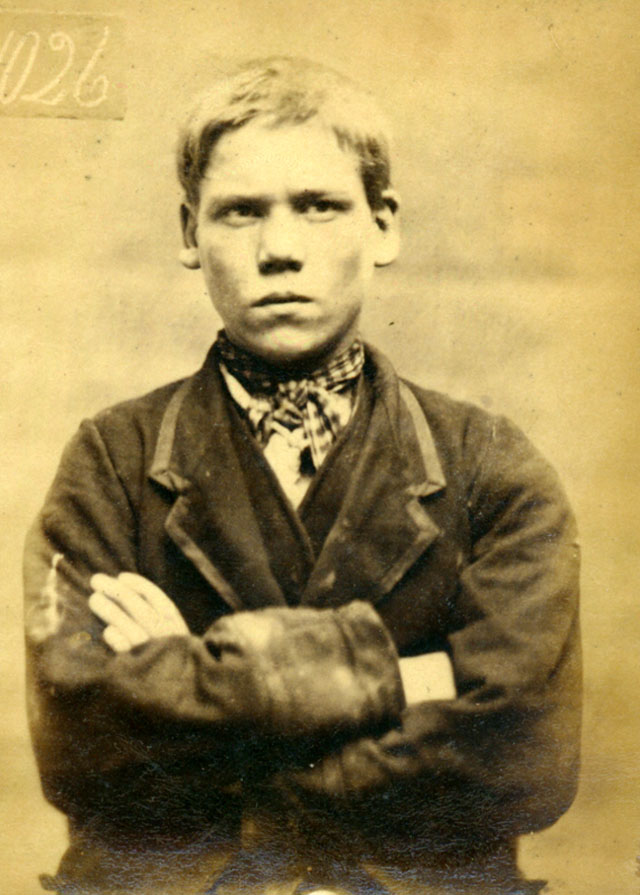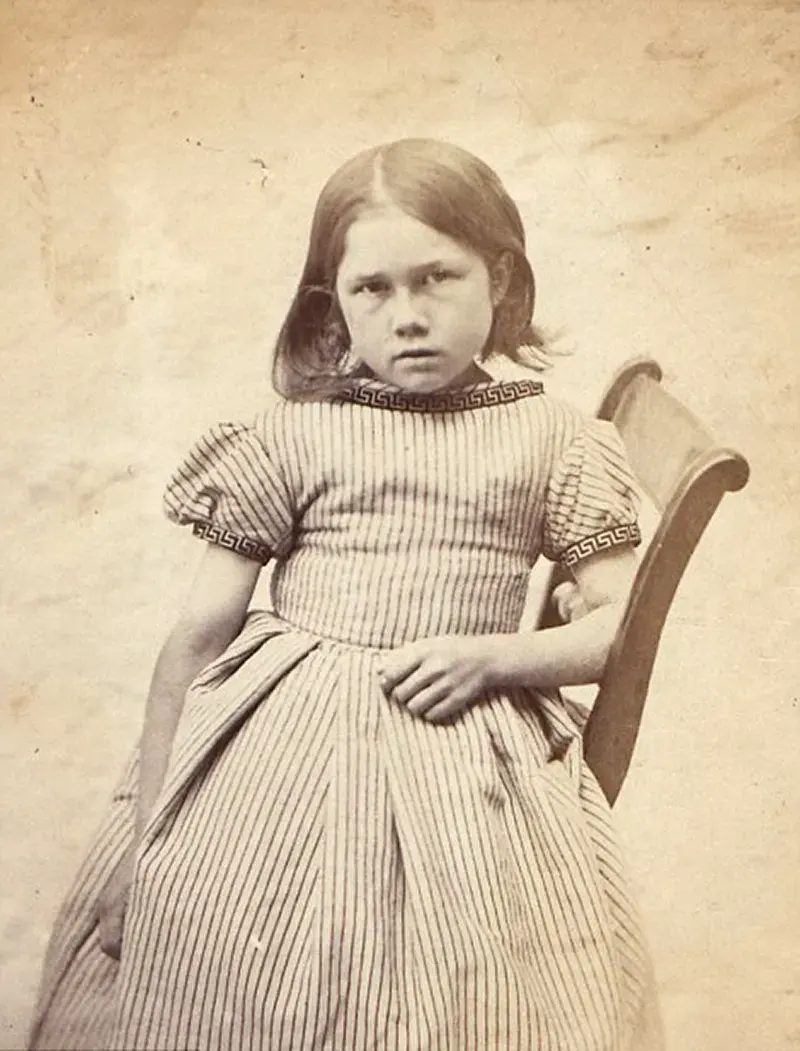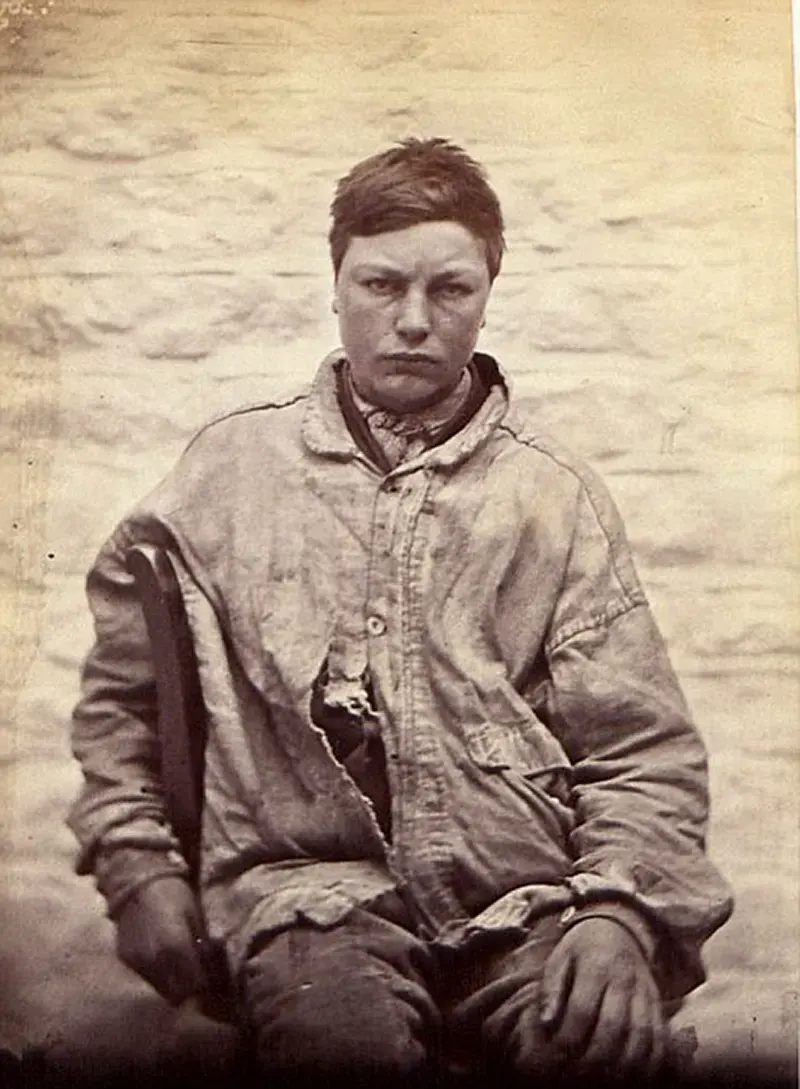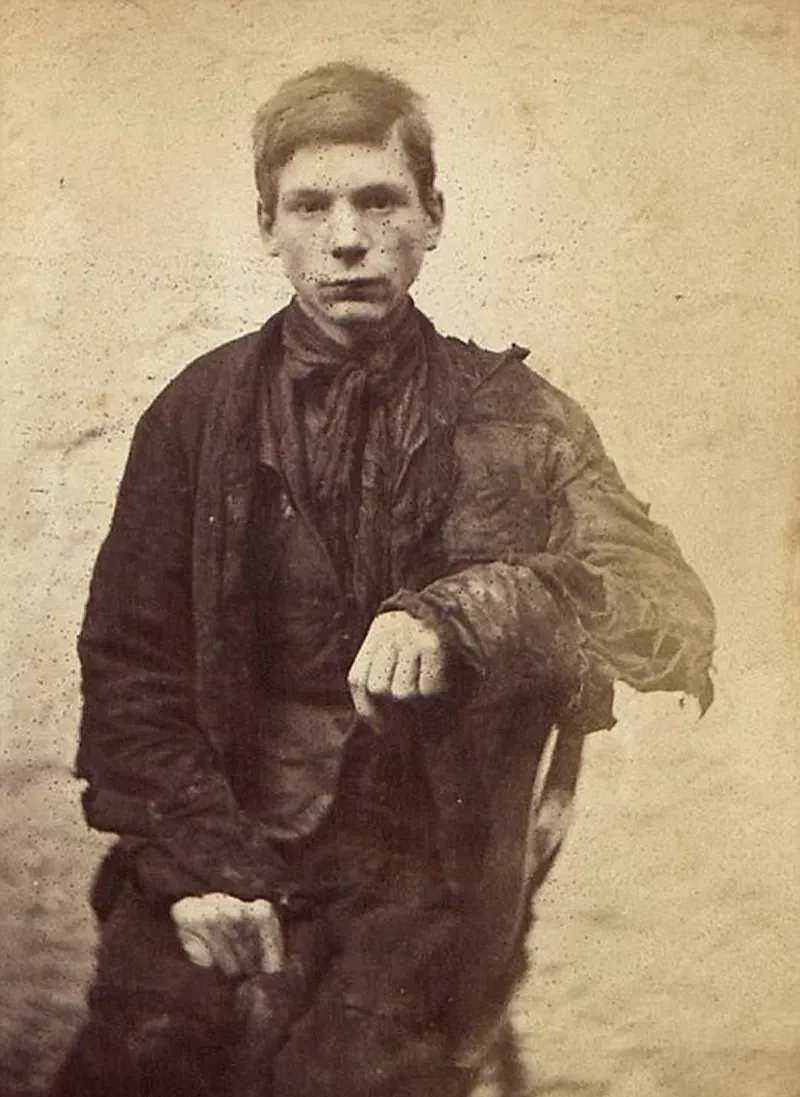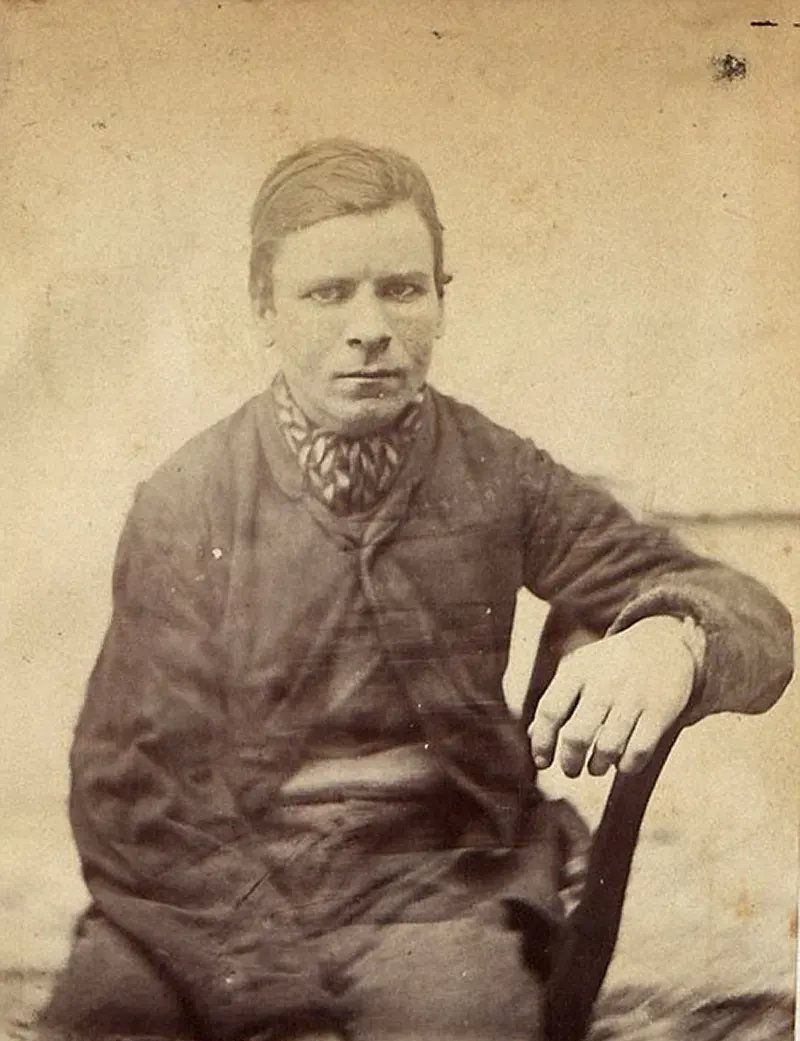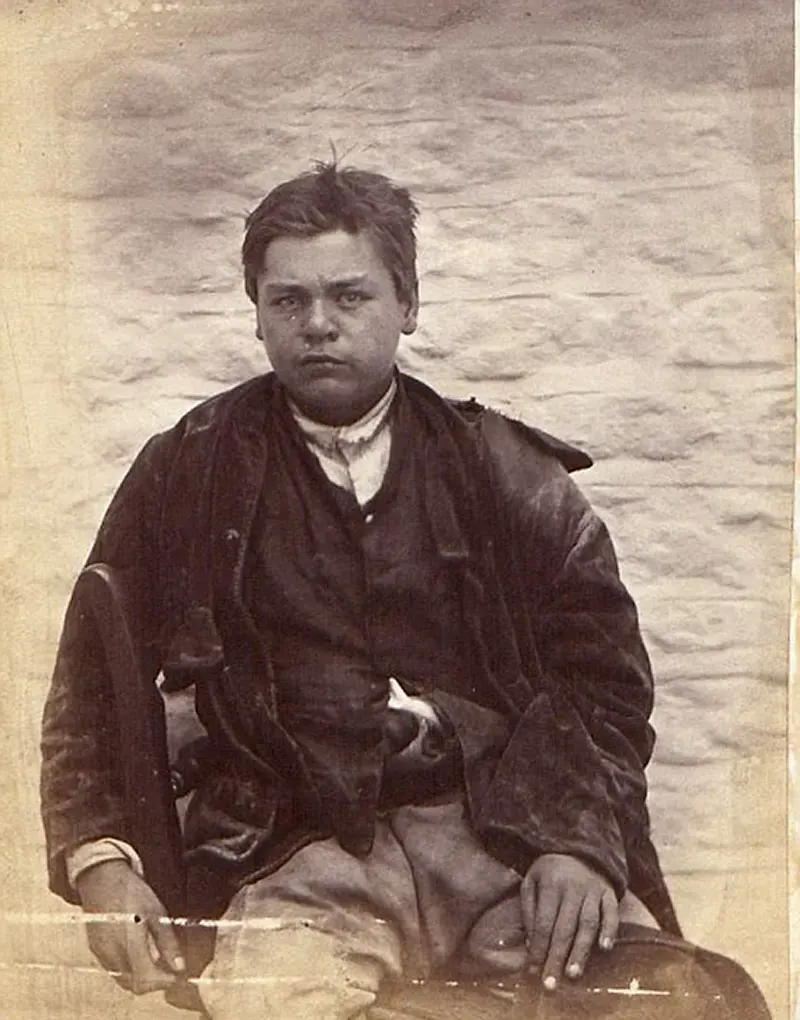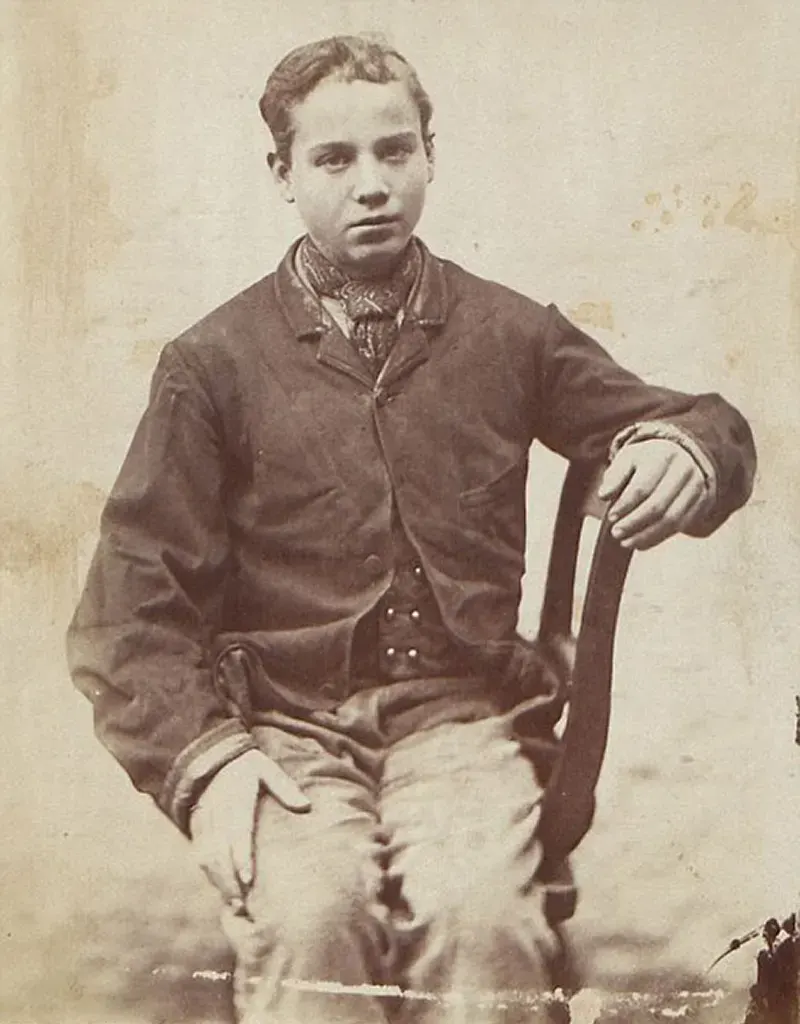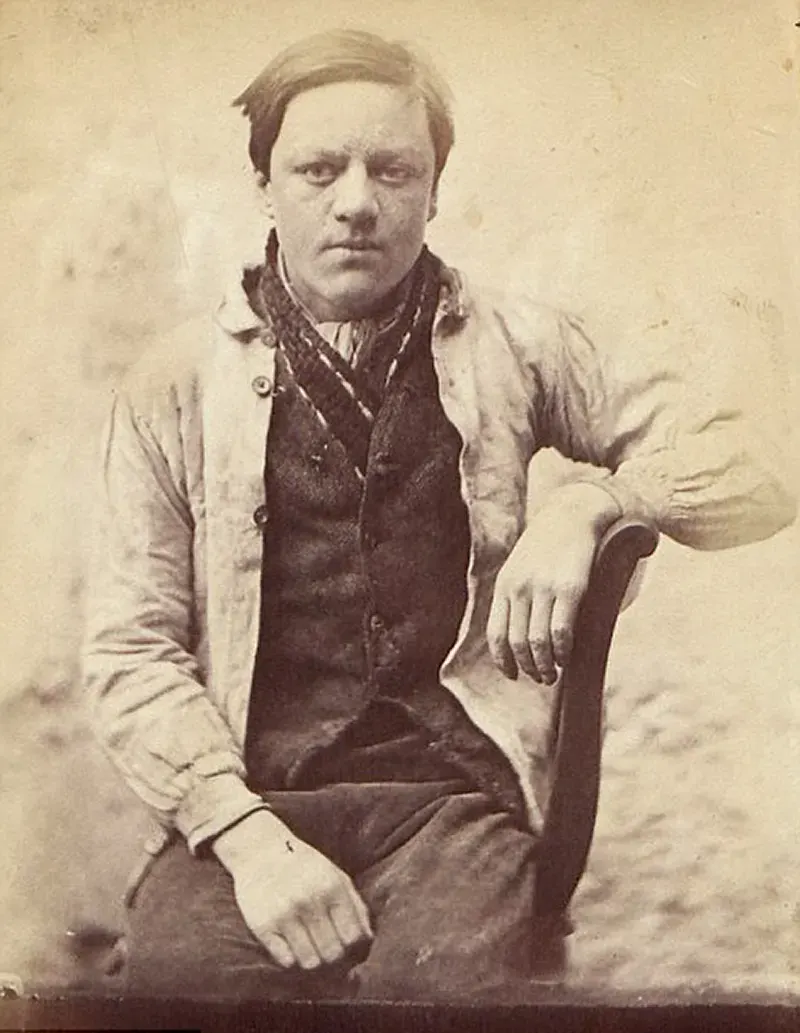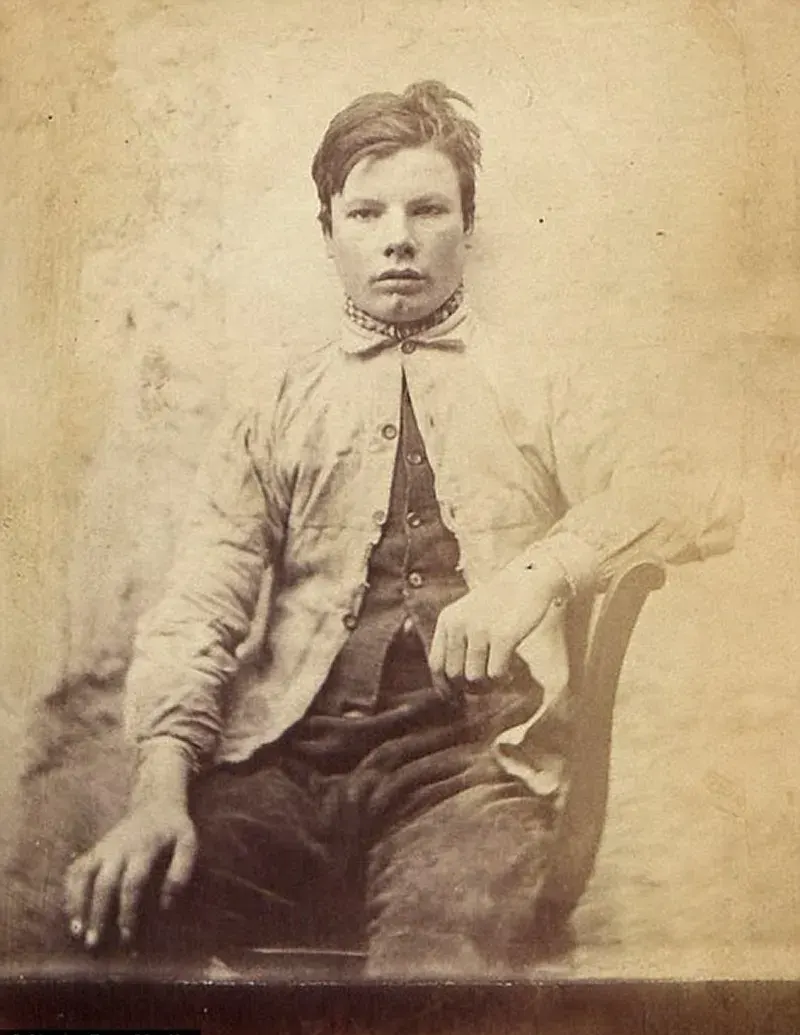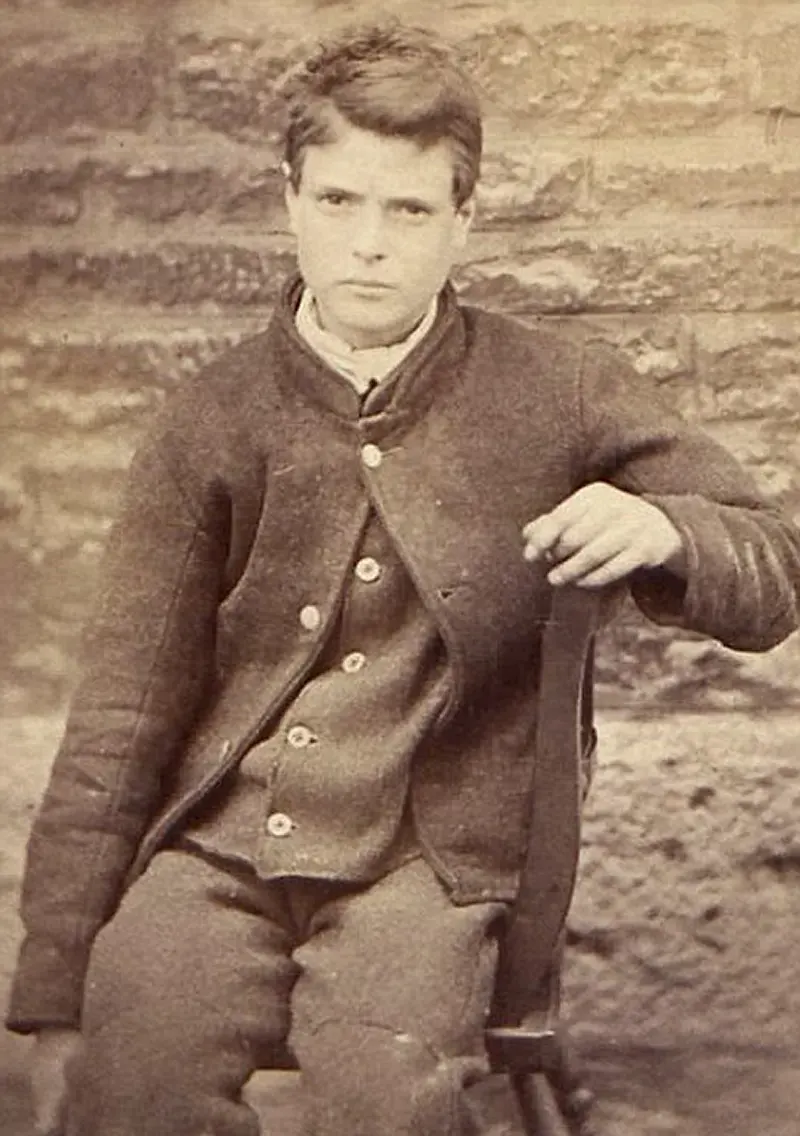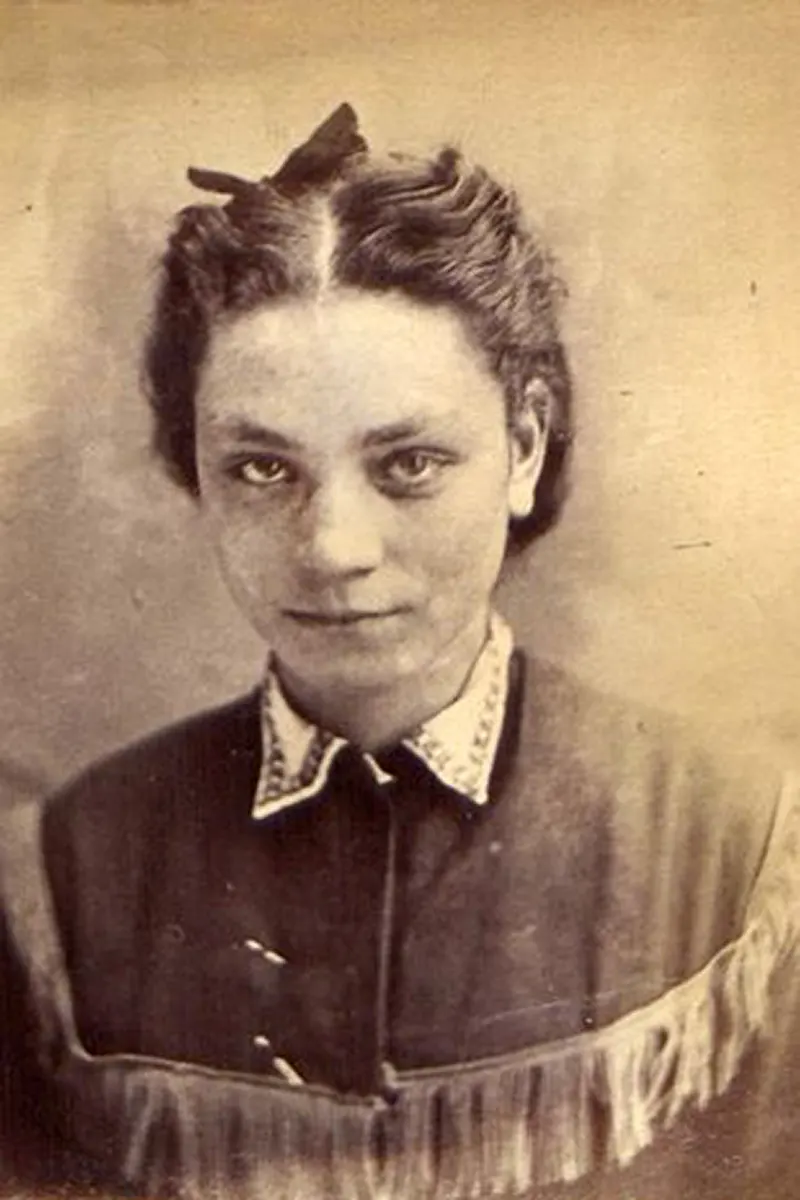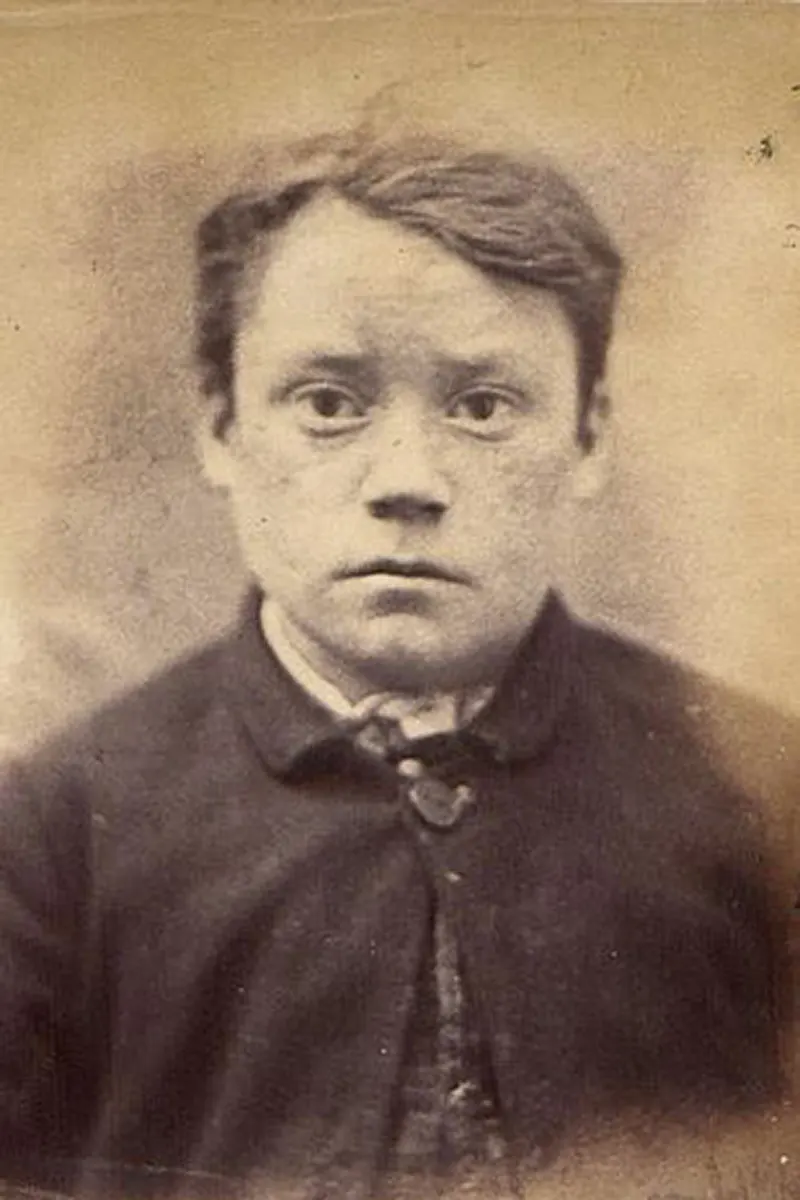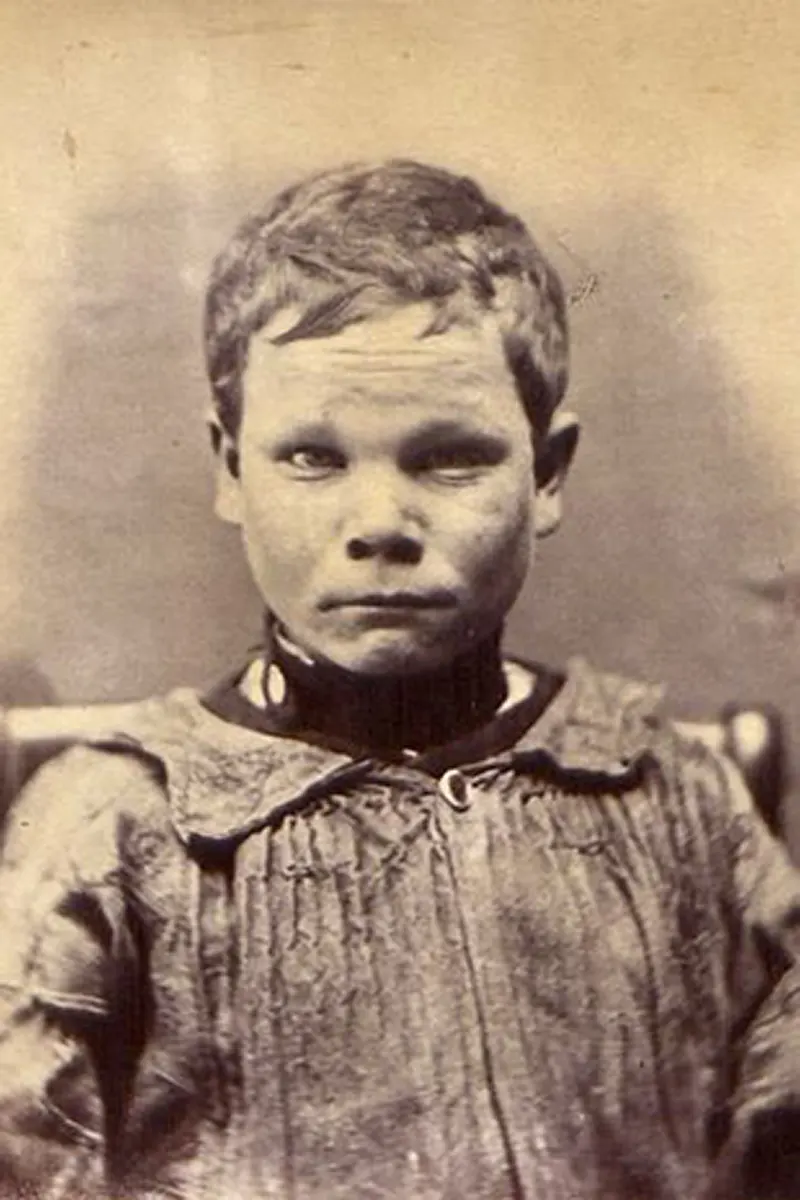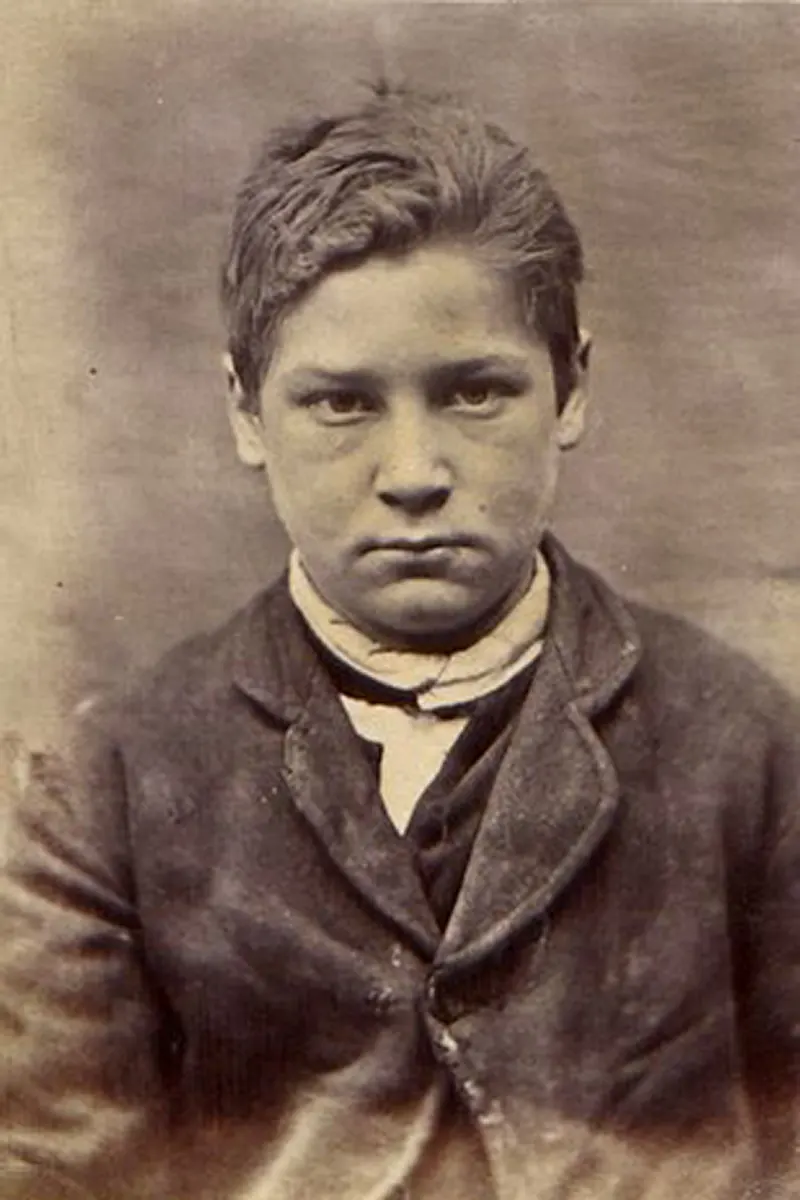The pictures are taken in the 1870s and originate from Oxford Gaol, a prison that later became HMP Oxford. During this time, children were often imprisoned for minor offenses and no distinction was made despite their ages. Most of these teenage criminals were arrested for stealing seemingly trivial items but still faced tough punishments. Jim Westbury, age, was given six months of hard labor and five years at a reformatory school for stealing corn and hay. Alice Dawson, age 13, was sentenced to seven days of hard labor for stealing an umbrella. Other images show brothers John and Thomas Williams, aged 13 and 14 respectively, who were arrested for six months for house looting. Amy Foy, age 16, was handed 21 days of labor for stealing a bodice. William Clarke, 17, who was arrested for stealing a handkerchief, and twelve-year-old Rose Halliday who was thrown behind bars for ten days for ‘false pretenses’. Crime, and how to deal with it, was one of the great issues of Victorian Britain. Evidence from the courts and newspaper articles during the first half of the 19th century suggests that juvenile crime was indeed a genuine problem. Picking of pockets was especially troublesome, particularly the theft of silk handkerchiefs, which had a relatively high resale value and could thus be easily sold. Crowded places such as fairs, marketplaces, and public executions were particularly profitable for young thieves. In 1824 for example a 15-year-old boy, Joseph Mee, was charged with picking pockets at a public execution taking place at the Old Bailey; a youth described by the magistrate as a ‘hardened and unconcerned’ offender. At Greenwich Fair in 1835 13-year-old Robert Spencer was caught by a policeman drawing a handkerchief from the pocket of a gentleman in the crowd, while later in 1840 another constable stated in court how he witnessed 11-year-old Martin Gavan and another boy ‘try several pockets’ before stealing a gentleman’s handkerchief among a crowd that had gathered around a traffic accident. A step towards treating children differently was the Juvenile Offences Act of 1847, which said that young people under 14 (soon raised to 16) should be tried in a special court, not an adult court. More far-reaching were the first Reformatory Schools, set up in 1854. Young people were sent to a Reformatory School for long periods – several years. The long sentences were designed to break the child away from the “bad influences” of home and environment. Reformatories were as far as the government was prepared to go towards treating children differently for most of the 19th century. Attitudes began to swing towards reform in the early 20th century. From 1899 children were no longer sent to adult prisons. (Photo credit: News Dog Media / Tyne & Wear Archives & Museums / Daily Mail UK / Mirror UK / British Library: Juvenile crime in the 19th century). Notify me of new posts by email.
Δ Subscribe









